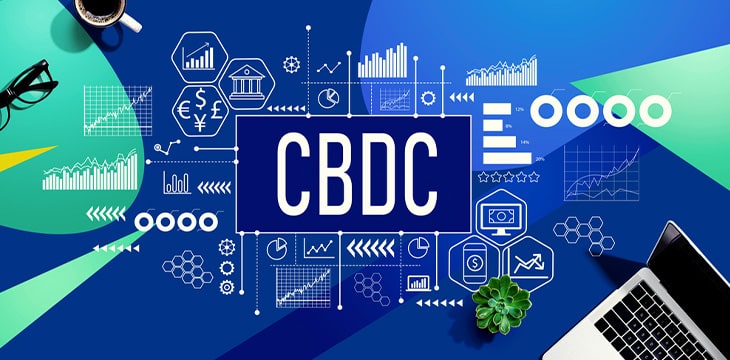|
Getting your Trinity Audio player ready...
|
The Federal Reserve Bank of New York is set to launch a joint trial on a wholesale central bank digital currency (CBDC) with Singapore’s central bank.
Titled Project Cedar Phase II x Ubin+, the joint experiment between the New York Fed and the Monetary Authority of Singapore (MAS) will investigate how a wholesale CBDC (wCBDC) could improve the efficiency of cross-border wholesale payments involving multiple currencies, the banks said in their announcement.
The trial will focus on the atomic settlement of cross-border cross-currency transactions, with the wCBDC being the settlement asset.
“Building off Phase I, the Project Cedar Phase II x Ubin+ collaboration will provide further visibility into the functionality and interoperability of multi-currency ledger networks utilizing their own unique designs,” commented Michelle Neal, Head of the Markets Group at the New York Fed.
The two banks clarified that the experiment isn’t targeting the advancement of any policy outcomes amid mounting questions on whether the Federal Reserve has plans for a CBDC or a FedCoin as it has come to be called. The trial doesn’t in any way signal that a FedCoin is imminent, the New York Fed noted.
“Project Cedar Phase II x Ubin+ advances global efforts to evaluate the benefits of wholesale CBDCs and help build capabilities for a future financial infrastructure that is open and interoperable. The project takes a practical approach and designs for any future wholesale CBDC to be interoperable across networks, while maintaining each network’s autonomy,” observed Leong Sing, the Deputy Managing Director (Markets & Development) at MAS.
The experiment, and many others in Thailand, South Korea, China, South Africa, Switzerland, and elsewhere, continue to explore how a CBDC can ease the notoriously slow and expensive cross-border payments system. Bitcoin SV has already proven that Satoshi’s original vision for Bitcoin makes it the most ideal cross-border payment system. With real-time transactions and fees remaining as little as a penny, BSV continues to demonstrate what an infinitely scaling blockchain network can achieve.
New York Fed testing ‘regulated liability networks’
Elsewhere, the New York Fed is partnering with some of America’s largest banks to develop regulated liability networks (RLNs) to transmit tokenized debt. The Fed is working with Citibank, HSBC, BNY Mellon, Bank of America, and more on the trial.
RLNs are an alternative to CBDCs, enabling the central bank money to exist on the same distributed ledger as commercial bank money and any other electronic currency.
“It may be possible for central banks and regulators to create a new direction for the regulated sector through a slight pivot in existing CBDC projects and the nascent tokenization of commercial bank money. They may adopt a broader view of the task at hand — not the tokenization of central bank liabilities, but the tokenization of all regulated liabilities on a common platform,” Citi’s Tony McLaughlin commented.
The New York Fed continues to experiment with CBDCs, and earlier this month, it released a report on the first phase of Project Cedar, its wholesale CBDC experiment. In its three-month Phase 1 trial, the bank focused on foreign exchange transactions, a market that sees over $7 trillion daily volume but is still plagued by slow transactions.
Project Cedar proved that using a wholesale CBDC can cut down the transaction time from days to a mere ten seconds, the New York Fed’s report stated.
FED NY Project Cedar
Test results from the experiment revealed that the #blockchain-enabled payments system settles transactions in fewer than ten seconds on average and that throughput across the system increases as additional currencies are included. #Cryptocurency pic.twitter.com/sTn6ZnCnUY
— The light shines in the darkness (@MatthewLINY) November 4, 2022
To learn more about central bank digital currencies and some of the design decisions that need to be considered when creating and launching it, read nChain’s CBDC playbook.
Watch: The BSV Global Blockchain Convention presentation, CBDCs and BSV

 12-28-2025
12-28-2025 




